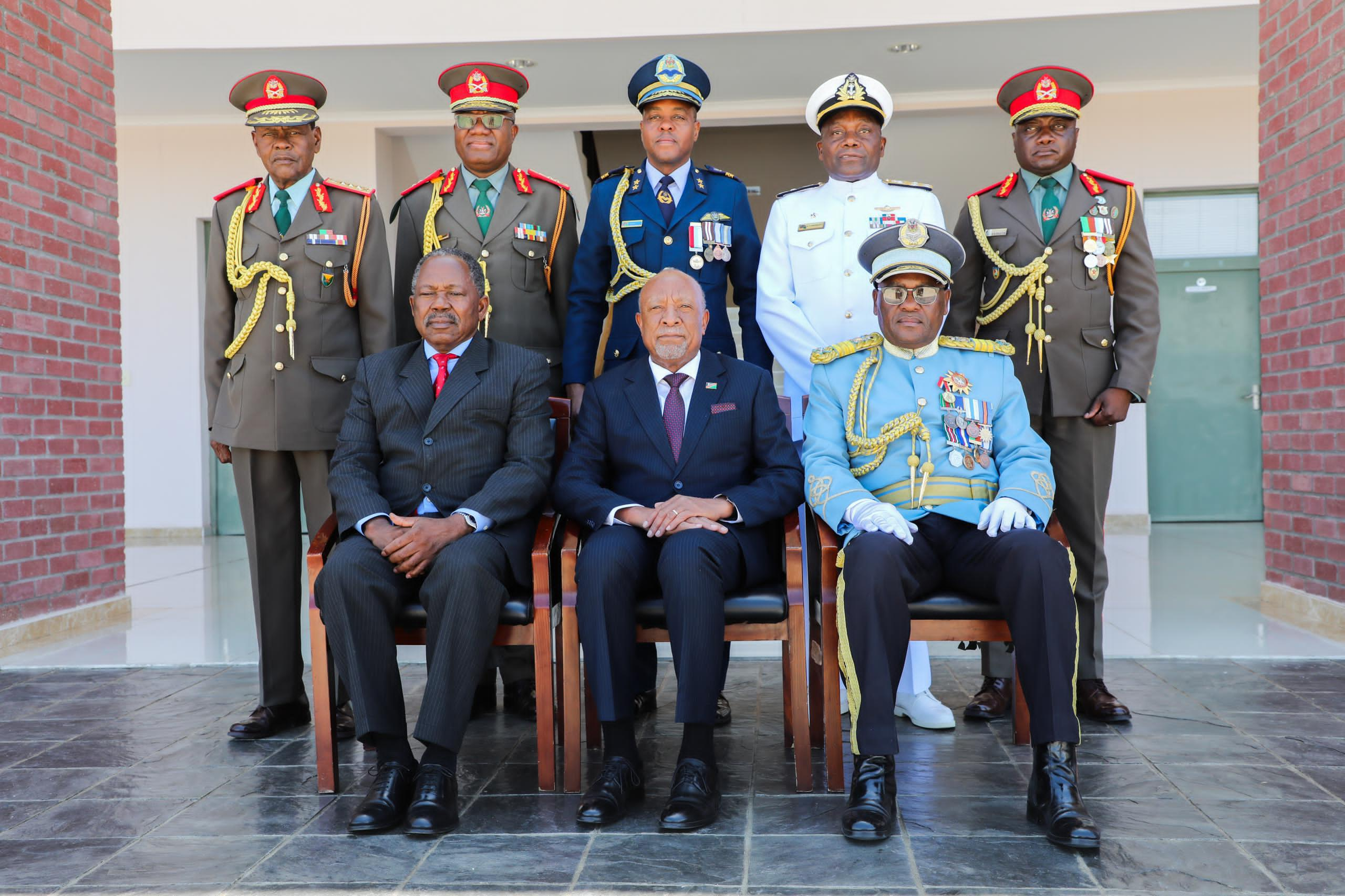ARTIFICIAL intelligence (AI) is widely regarded as a disruptive technology, because it has the potential to fundamentally alter social relationships.
AI has affected how people understand the world, the jobs available in the workforce and judgements of who merits employment or threatens society.
Nowhere is this more apparent than in warfare, which is defined by social and technological processes.
Technologies such as autonomous weapon systems (AWS) and cyberweapons have the potential to change conflicts and combat forever.
JUSTIFYING WARFARE
Acts of violence committed in war are often framed in virtuous terms, with justice and other morality motivations used to legitimate armed conflict.
Yet ‘just wars’ require both clear definitions of who is a combatant and clear distinctions between war and peace.
When such distinctions are eroded, this leads to total wars – all against all.
Boundaries between civilians and soldiers and military and domestic infrastructure are blurred, making everyone and everything a legitimate target. We may believe total wars are a thing of the past, involving Mongolian hordes or trench warfare, but recent discussions of technology’s impact on warfare have breathed new life into the concept.
NEW BATTLEFIELDS, OLD CONFLICTS
Information has always been key to the successful development and implementation of military strategy and battlefield tactics, with information warfare predating the information age. Knowing the position and temperament of adversaries plays a decisive role in predicting and manipulating their attitudes and behaviour.
In our information age, we may assume that technological superiority in collecting and aggregating data would translate into significant changes in the balance of power.
This hasn’t always been realised. To be useful, data must be informative. Patterns may remain obscured in noisy data, may be too novel to be recognised, or may be misidentified.
The ongoing Israel-Hamas war provides a clear example. Palestinians are some of the most surveilled people in the world, with Israel pioneering and using facial recognition technology and drone surveillance.
This surveillance was justified on the grounds that more military intelligence would reduce the possibility of an attack.
Hamas’s ability to inflict such a vicious, widespread coordinated attack on 7 October cannot be attributed to superior technology.
The Israeli army had more resources. Instead, failures of human intelligence and successful concealment provide the best explanation.
Hamas’ use of drone technology also provided a decisive advantage. Despite Israel’s earlier destruction of the Hamas drone programme, the militant group’s use of drones in the October attack was a critical determinant of its success.
This demonstrates the resilience of armed forces that use relatively inexpensive technologies.
WAR WITHOUT FIGHTERS
Cyberattacks are another emerging tool in the arsenal. As non-lethal weapons, their threat and role in combat continues to be a matter of debate: Cyberattacks lead to disrupted or defaced websites, financial loss and compromised information.
They rarely directly affect the physical world.
One notable exception is an attack attributed to the United States (US) and Israel, known as the Stuxnet virus.
It successfully damaged Iran’s nuclear centrifuge equipment, setting the programme back for years.
In contrast to traditional weapons, cyberweapons may best be seen as force multipliers.
Battlefields have always relied on communication between commanders and units.
Disrupting communication during a critical military operation could reduce the offensive and defensive capabilities of an adversary.
However, as more automated weapons systems are adopted, these weapons could be turned against their own armies using cyberattacks.
The most significant concern is that these weapons would be used to attack critical infrastructure in the way Russia disrupted the power grid in winter during its war on Ukraine.
Cyberspace itself is difficult for many to understand.
The indirect relationship between action and consequences and the limited realism of data often results in organisations discounting the frequency and severity of these attacks. By overestimating their ability to effectively cope with such attacks, they create vulnerabilities for themselves and the societies they supply with their goods and services.
Like traditional weapons, the precision of cyberweapons is key. In the case of Stuxnet, the virus was not contained and it infected other computers. Other malware could similarly have a widespread effect.
The 2009 Conficker virus nearly consumed the internet with its ability to autonomously adapt and replicate within systems.
If such an approach were weaponised, such a virus could disrupt commerce, power grids and transportation systems.
WARS OF WORDS
Alone, AI-based weapons will not change the nature of warfare. They may nevertheless change how we perceive and describe conflicts.
In the US, cyber-operations have been described as ‘persistent engagements’, framing attacks as an unrelenting conflict.
In China, ‘unrestricted warfare’ suggests that all methods and targets are permissible.
Both North Korea’s estimated 1,5 million cyberattacks on South Korea, as well as attacks on Taiwan attributed to China, fit this pattern.
The limited capabilities of cyberattacks are less concerning than physical attacks. China’s increased use of drones has stoked tensions with neighbours, including Japan.
Previous drone incursions have been referred to as “acts of war”, with Taiwan shooting one down last year.
A rogue drone – or swarm – could unintentionally act as a catalyst for conflict in unstable geopolitical regions.
Yet, while state and non-state entities may act in a belligerent manner or even take aggressive postures, these actions are often simply gambits.
Despite the widely publicised Chinese surveillance balloon that flew over Canada and the US last year, the recent meeting between US president Joe Biden and China’s Xi Jinping illustrates that words don’t always translate into actions.
And despite its threatening posturing, China doesn’t yet have the capacity to invade Taiwan.
Wars conducted solely or primarily with AI-enabled technologies will not likely happen in the near future.
Humans will remain the primary combatants – and victims – of armed conflict.
While the rationale for wars will remain the same, we must consider how autonomous weapons and cyberweapons would change how conflicts are perceived and fought.
If they’re fought beyond the abilities of meaningful human control, we are placing our fate in the hands of machines.
- Jordan Richard Schoenherr is an assistant professor of psychology at Concordia University. This article first appeared in The Conversation.
Stay informed with The Namibian – your source for credible journalism. Get in-depth reporting and opinions for
only N$85 a month. Invest in journalism, invest in democracy –
Subscribe Now!






